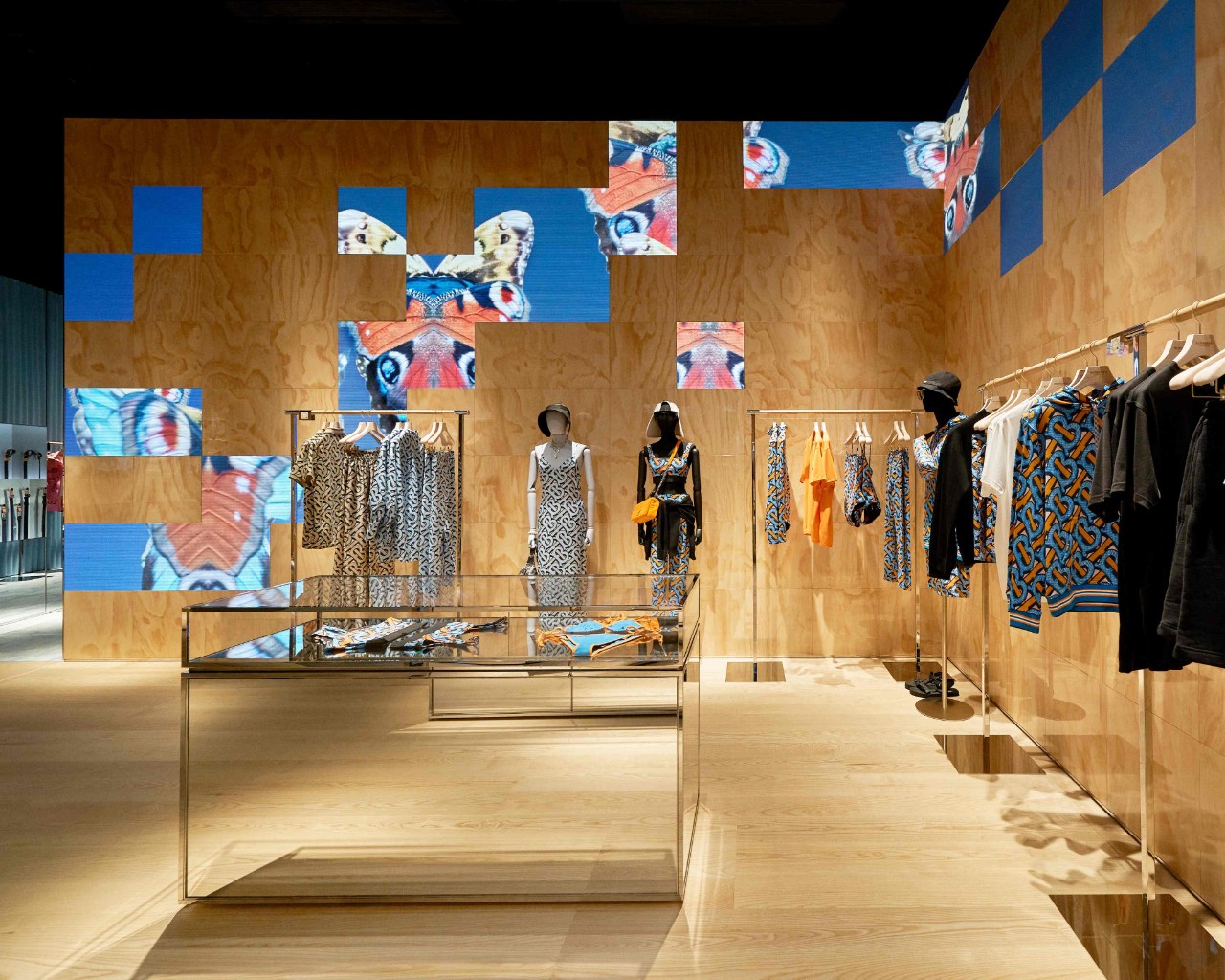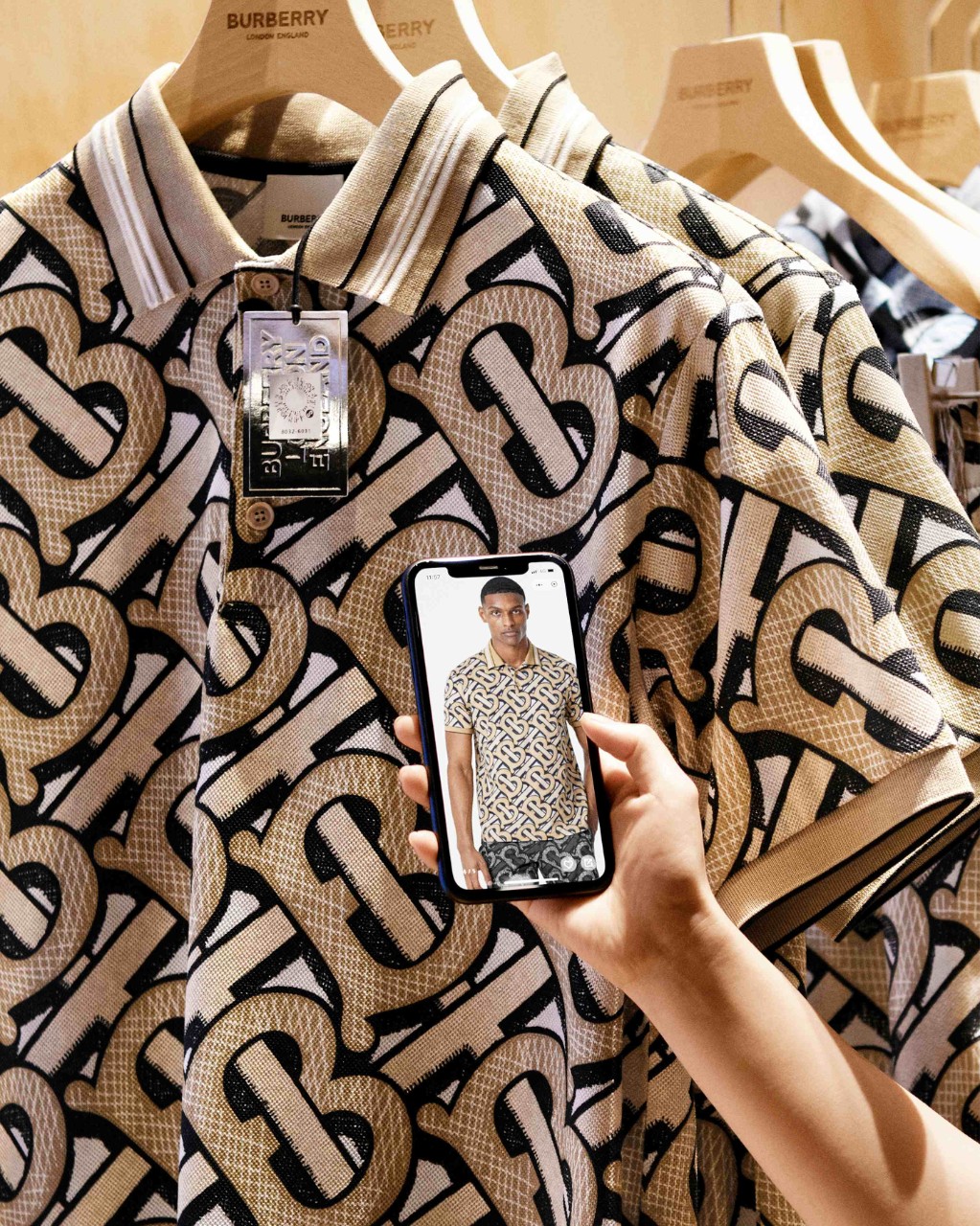
Social Retailing’s Most Important Features + Case Study
Last update: 1 August 2023 at 05:52 pm
Modern technology is transforming the way businesses are interacting with customers and the traditional offering of branded content is not making the cut anymore.
Retailers are now under pressure to build an immersive experience for the tech-savvy millennial and Gen Z shoppers. However, it must also have a psychological appeal. Thus, the social retail concept was born.
What is Social Retail?
Social retail simply combines physical shopping with the latest technologies. It revolves around a social and psychological phenomenon, known as “social proof”.
Social proof is the idea consumers will change their behavior based on what others around them are doing.
Robert Cialdini
We observe social proof repeatedly in forms of marketing on social networks and eCommerce storefronts with influencers, celebrities, social media shares, or business endorsements. Retailers use this idea because, to put it simply, it works. However, it’s becoming so common among social marketers that it seems unauthentic and fake. That’s where creating an immersive, digital experience for shoppers makes the difference.
Social retail softwares that companies create, reward consumers for sharing and reviewing products, additionally allowing consumers to interact with the products via social media. These rewards include exclusive content, personalized shopping, or special sales. By partnering with tech companies, retailers are revolutionizing the way we shop.
Social Retail’s Purpose
Social retail’s purpose is to integrate a brand’s physical existence with its social media so that shoppers see all that the brand offers, whether it be e-commerce, their brand’s socials, or in-person stores. A good way to achieve this is to leave some of the marketing to your consumers.
The retail industry is a fast-paced, ever-changing environment, so to ensure relevancy, brands need to keep up with the modernity of the times.
Brands benefit largely from creating a social shopping space that connects with today’s technology. Customers are able to browse products via multiple channels enabling retailers to build better relationships with their consumers and strengthen their retention rate.
If you’re looking to get your company into social retailing, check out some qualified eCommerce agencies to help you get started in this process.
Important Features of Social Retailing
This integration of augmented reality into the shopping experience requires the use of technological tools, such as a QR code. A ‘Quick Response” or QR code is a square consisting of smaller squares that when scanned by a smart device’s camera, reveals access to certain data and information.

We see them mostly at restaurants for contactless menus or on our airport boarding passes. By utilizing a tool such as a QR code in these stores, the immersive experience of social retail becomes easier, as it can be simply accessed by the consumer.
Another important feature may be to include photo-ops. There is nothing a Gen Z-er enjoys more than taking a cool picture of themselves to post on their socials, like Facebook or Twitter, so including a unique place in store to have this occur can be key to the brand’s promotion on social media platforms. This can be done by creating a brand oriented backdrop or including props to pose with.
Encouraging shoppers to post photos and videos in store is essential to getting the attention of others, as this is imperative to staying relevant. When customers can easily share products, the rate of authentic engagement and traffic for brands increases.
Balancing Influencer and Consumer-Generated Content
Many brands rely on social influencers to market their products on their social media channels. However, only using influencers decreases the amount of organic content, which does not always resonate with consumers.
A successful selling strategy would be to allow customers to also market products through posting on their personal social media and sharing with their friends. A good balance of both influencers curated and customer-generated content boosts authenticity, brand awareness, and overall loyalty.
Online communities are much more receptive to content created by people like them compared to influencers who they know are being paid to post. That’s why many brands are taking advantage of social retailing, as it allows for opportunities for regular people to easily engage.
Social Retailing Case Study 1: Burberry
The most recent exhibit of social retail was launched by the luxury brand, Burberry at their Shenzhen, China location. This exhibition encourages customers to engage with their content using their smartphones.
Burberry partnered with the Chinese tech company Tencent to develop a program that allows users to explore and learn more about the products at the store. The program also offers the ability to reserve a table at the in-store restaurant or book in-store appointments.

The way the program interacts with the users in-store is a relatively simple idea. The more the user engages with Burberry’s content, the better the customer experience becomes, as the program allows consumers to earn social currency.
This social cash can be spent to access exclusive experiences and rewards. The Burberry store features 10 rooms for users to discover and earn their social currency by scanning the QR codes at the different exhibits.

Social Retailing Case Study 2: Nike
Recently Nike was able to join Burberry, introducing a digital concept store in Guangzhou. Using the Nike mobile app, the store fosters a personalized experience for customers. Shoppers engage in social shopping through the app’s new feature called Experiences. This feature allows Nike members in the city to connect with the store through sports-related activities, including basketball or football games.
Customers are also able to access in-store workshops and events led by local athletes associated with Nike. Additionally, customers are able to personalize items such as jerseys or t-shirts through the Nike By You personalization bar.
Nike is a great example of how brands are tapping into social retail, as Nike uses the power of sports to connect their consumers to a personalized, digital customer experience.
What the Future Holds
Social retailing is the future of how people shop. By creating personalized, immersive experiences, customers will be more engaged in a brand’s products and what they have to offer overall.
Many companies are beginning to begin their transitions from brick and mortar stores to unique, digital spaces where customers can interact with much more than just the physical product, but be rewarded for their interactions and take deeper into all channels of the brand.
Conversations are being had by other luxury names that plan to take steps towards their technological transformation. Over time we will see how this change affects commerce altogether. Social retail gives businesses the ability to use technology to revolutionize the retail industry and how we shop as a society.







